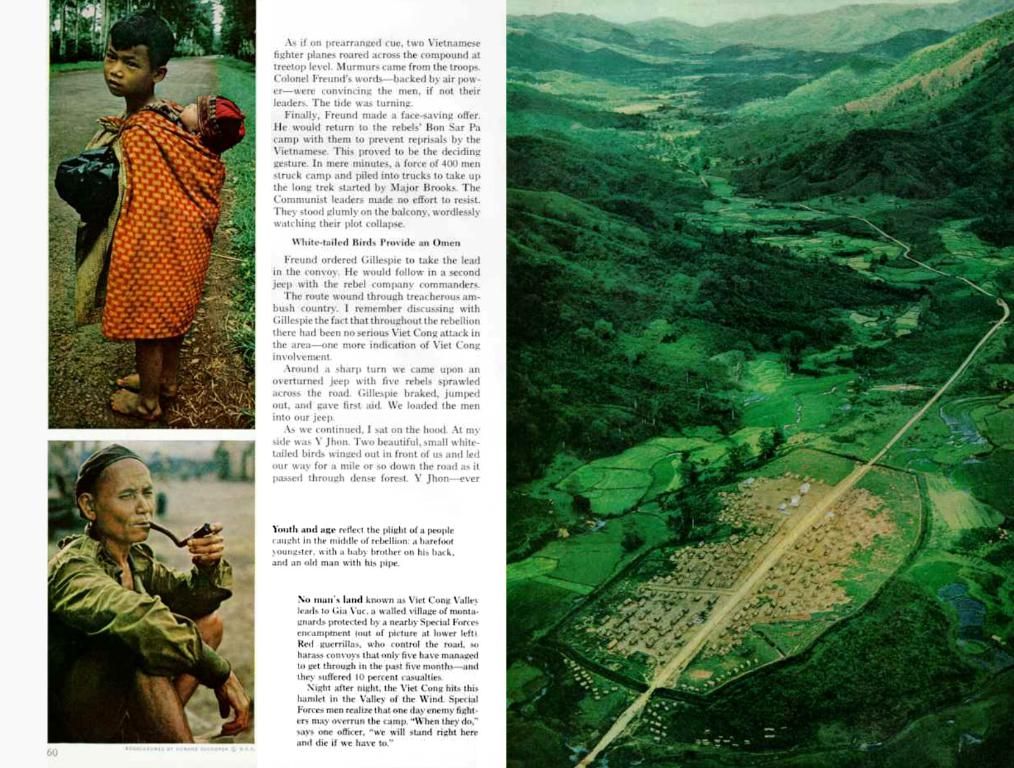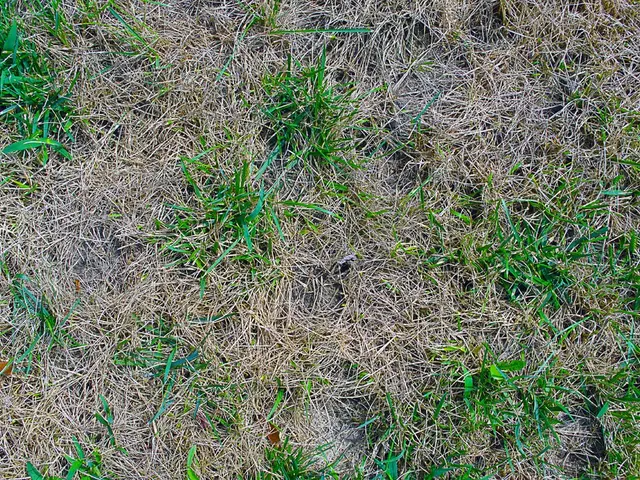Urban Animal Adaptations: Surprising Responses to Urban Environments
Urban jungles, brimming with towering structures and bustling streets, seem an unlikely habitat for a diverse array of wildlife. Yet, these tenacious creatures have not only persisted but thrived, demonstrating the remarkable adaptability that comes with survival in the concrete wilderness. Here's a fascinating peek into 12 unexpected ways animals have acclimated to city life.
Pigeons: Aerial Navigators of the Urban Jungle
Pigeons, ubiquitous denizens of city squares and ledges, boast an impressive skillset beyond mere decoration. These birds hone their navigation skills to perfection, using the city's magnetic field and landmarks to find their way. Their memorization of human faces and recognition of feeding spots are astonishing feats. Moreover, their adaptability to a varied diet, feasting on discarded food and seeds, only adds to their urban prowess.
Raccoons: Night-Time Foragers of the Concrete Wilderness
Often seen rummaging through trash bins after sundown, raccoons embody urban adaptability par excellence. Thriving in the cover of darkness, these nocturnal creatures have developed remarkable problem-solving skills, opening containers with their nimble paws to access hidden food sources. The abundance of food waste in cities provides a veritable feast for these resourceful creatures. Additionally, raccoons ingeniously adapt to nesting in attics, chimneys, and abandoned buildings, burrowing deep within the heart of the urban scene.
Foxes: Agile Apex Predators of the City
Foxes, once rare urban sightings, now flourish in urban environments, showcasing incredible adaptability. These cunning hunters have evolved to become less wary of humans, stealthily venturing closer to populated areas in search of sustenance. With their unparalleled sense of smell and hearing, they effortlessly detect hidden food sources amidst the din of the city streets. Their omnivorous diets accommodate an array of urban fare, from small mammals to discarded fast food. Furthermore, foxes have mastered navigation skills, easily navigating busy roads and adapting to artificial lighting, making them undeniable masters of urban survival.
Squirrels: Acrobatic Urban Navigators
Squirrels, a common sight in city parks and tree-lined streets, exhibit remarkable agility and adaptability. These nimble acrobats have honed their ability to leap between trees and buildings with precision, using power lines as makeshift highways. Their versatile diets include nuts, seeds, and even discarded human food. Squirrels further adapt their nesting habits, crafting dreys in trees and even utilizing man-made structures for shelter, adding a touch of nature to the urban landscape.
Coyotes: Masters of the Urban Frontier
Once considered creatures of the wild, coyotes have made their presence known in the heart of cities, flexing their adaptability with surprising ease. These intelligent predators have learned to navigate urban landscapes, using alleyways and parks to move stealthily. Their omnivorous diets accommodate small mammals, birds, fruits from city gardens, and even roadkill. Coyotes display a remarkable tolerance for human presence, often sighted during dawn and dusk when city streets are quieter. Their adaptation to urban environments stands as a testament to the resilience of wild creatures.
House Sparrows: Chirpy Urban Songbirds With a Twist
The delightful melodies of house sparrows greet city dwellers, their cheerful chirping adding a touch of nature to the urban cacophony. These small songbirds nest in buildings, under eaves, and on traffic lights, adapting to the concrete jungle. Their diets expand to include seeds, crumbs, and insects found in city parks and streets. House sparrows develop a keen sense of their surroundings, avoiding hazards like traffic and predators, making them beloved residents of urban areas.
Rats: Adaptable Urban Dwellers
Rats, often viewed as pests, have proven to thrive in urban environments. Utilizing the abundance of food waste and shelter in sewers, basements, and alleyways, these resilient rodents broaden their problem-solving skills, enabling them to evade traps and pursue food sources. Their rapid reproductive rates ensure their persistence in even the most challenging conditions. Though annoyances to humans, rats demonstrate the tenacity and adaptability that urban life demands.
Hawks: Skyward Predators of the Concrete Labyrinth
Hawks, once considered wild creatures, now soar above the urban skies with aplomb. Using tall buildings as perches, they survey their territories, their keen eyesight spotting prey amidst the concrete sprawl. Hawks expertly navigate bustling city environments, avoiding collisions with buildings and vehicles, proving that even creatures of the sky can adapt to urban life.
Opossums: Shy, Nocturnal Inhabitants of Urban Landscapes
Mysterious and elusive, opossums have found a place in urban areas, their nocturnal habits allowing them to thrive. Agile hunters, these marsupials nimbly navigate tree branches, power lines, and man-made structures. Their diets include fruits, insects, carrion, and the occasional snack from a discarded meal. Opossums build their homes in trees, abandoned buildings, and under decks, showcasing their impressive adaptation to many urban habitats.
Urban Bees: Bourbon Street's Honeyed Ambassadors
These industrious pollinators have established hives in unexpected urban locations, such as garden crevices, rooftops, and tree hollows. Tough as nails, urban bees brave the city's unique dangers, including noise pollution, pesticides, and predators, to ensure the survival of the flora thriving amid the concrete jungle. Their presence emphasizes the importance of green spaces in cities, highlighting the delicate balance between nature and urbanization.
The adaptability of animals in urban environments serves as incredible testament to their resilience and ingenuity. From pigeons mastering navigation to house sparrows nesting in buildings, creatures both great and small have found unique ways to carve out a niche within the concrete wilderness. Their presence in the heart of the city underscores the intricate relationship between humans and wildlife, encouraging respect, cooperation, and conservation in urban ecosystems.
- In urban jungles, pigeons, rather than mere decorations, employ their exceptional navigation skills, using city landmarks and magnetic fields for guidance.
- Raccoons, a nocturnal species, excel in urban areas, adapting to city life by foraging for food in trash bins and ingeniously nesting in attics, chimneys, and abandoned buildings.
- Foxes, once rare urban sights, have become urban survivors with acute senses and omnivorous diets that accommodate city fare, from small mammals to discarded fast food.
- Squirrels exhibit remarkable agility, leaping between trees and buildings with precision, adapting their diets to include nuts, seeds, and discarded human food, and nesting in trees as well as man-made structures.
- Coyotes have claimed territories in the heart of cities, proving their adaptability by using alleyways, parks, and busy roads to navigate urban environments.
- House sparrows, cheerful songbirds of the city, adapt to urban life by nesting in various structures and expanding their diets to include seeds, crumbs, and insects.
- Despite their unwanted reputation as pests, rats demonstrate resilience and adaptability by utilizing food waste and shelter in sewers, basements, and alleyways to survive.
- Hawks command the urban skies, using tall buildings as perches to survey their territories and navigate bustling city environments with skill and precision. Opossums, shy and elusive, find homes in urban landscapes, nesting in trees, abandoned buildings, and under decks, showcasing their adaptability to various habitats. Urban bees, despite challenges like noise pollution, pesticides, and predators, thrive in cities, pollinating urban flora and emphasizing the importance of green spaces in urban ecosystems.








